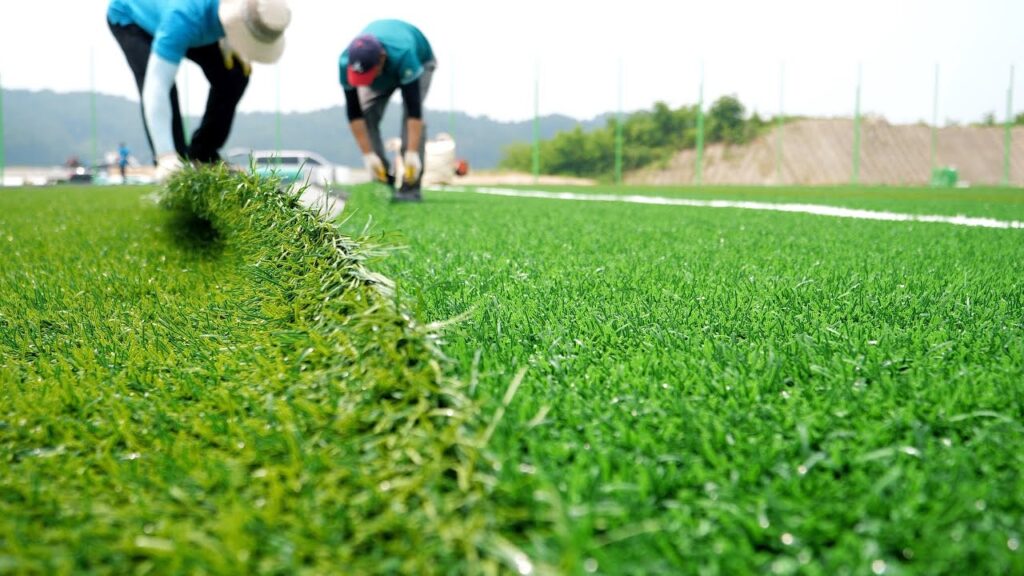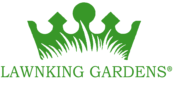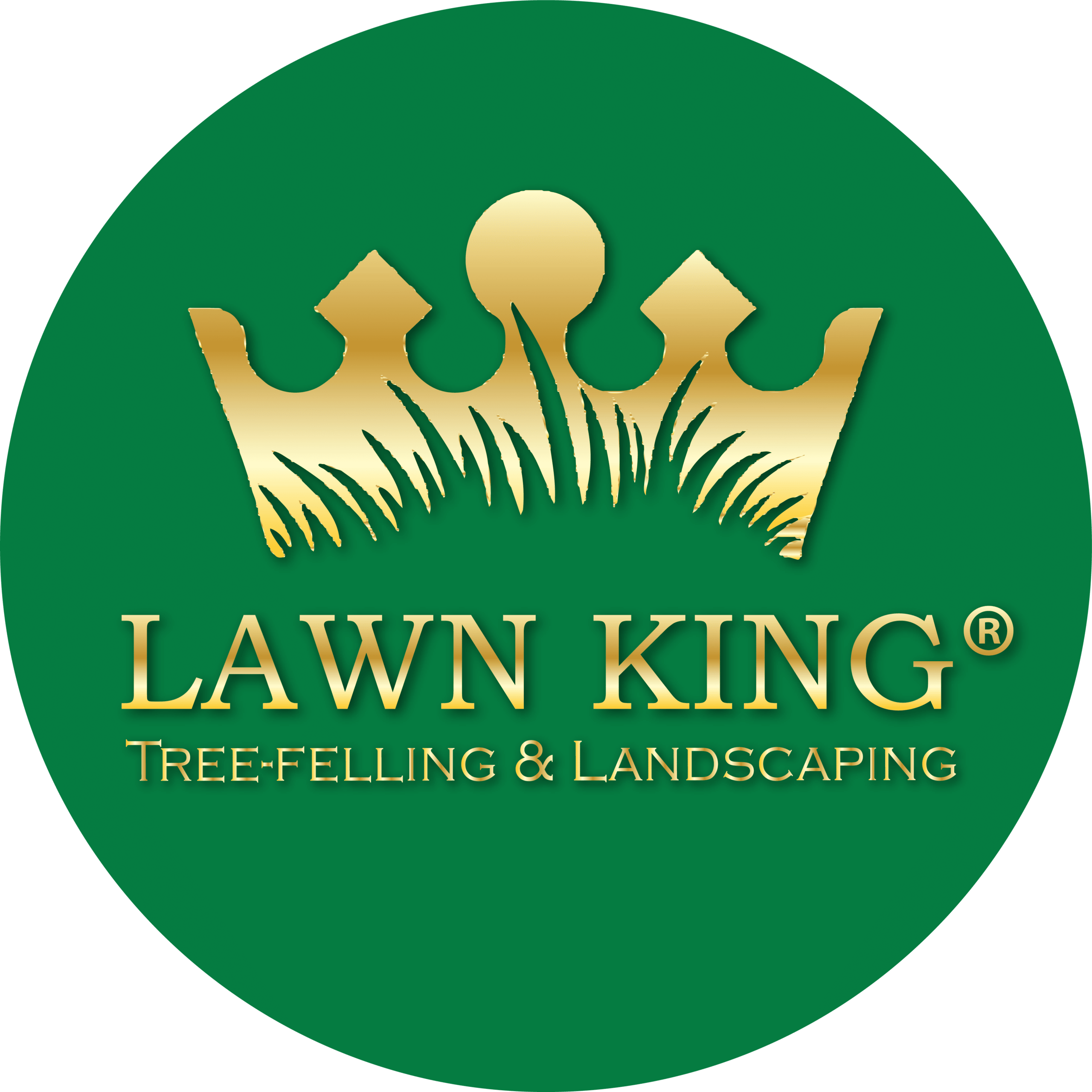Artificial Turf DIY

Why DIY Artificial Grass Installation
Installing artificial grass DIY (Do It Yourself) offers homeowners several compelling reasons to consider tackling the project independently. Firstly, it provides significant cost savings by eliminating labor fees and reducing the markup on materials often associated with professional installation services. DIY also grants homeowners full control over the project, allowing for customization according to personal preferences and scheduling flexibility to accommodate individual timelines. Moreover, undertaking the installation process independently presents an opportunity for hands-on learning and skill development, empowering individuals to gain practical experience in landscaping and home improvement. By overseeing the entire installation firsthand, homeowners can ensure meticulous attention to detail, maintain quality standards, and address any issues promptly. DIY artificial grass installation fosters a sense of accomplishment and pride in homeowners, as they take ownership of transforming their outdoor spaces while enjoying the transparency and creative freedom that come with managing the project themselves.
DIY Artificial Turf Installation Guide
When embarking on a DIY artificial turf installation project, several factors should be considered to ensure successful results. Here’s a detailed overview of the things to consider and the process to follow:
Things to Consider:
Site Assessment:
- Evaluate the area where the artificial turf will be installed, considering factors such as soil condition, drainage, and sunlight exposure.
Material Selection:
- Choose high-quality artificial turf suitable for the intended use, considering factors such as pile height, color, and durability.
- Select appropriate infill materials based on factors like aesthetics, performance, and environmental considerations.
Tools and Equipment:
- Gather the necessary tools and equipment for the installation, including a compacting machine, utility knife, tape measure, and landscape stakes.
Base Preparation:
- Prepare the base for the artificial turf by removing existing grass, weeds, and debris.
- Ensure proper grading and compaction of the sub-base to provide a stable foundation for the turf.
Edging and Borders:
- Install edging or borders around the perimeter of the area to prevent the turf from shifting or spreading.
- Secure the edging firmly into the ground to create a defined border for the turf.
Installation Process:
- Lay out the artificial turf rolls in the desired configuration, ensuring proper alignment and minimal seams.
- Cut the turf to fit the dimensions of the installation area, using a sharp utility knife.
- Join the turf seams using adhesive or seam tape, ensuring a secure and seamless connection.
- Secure the turf edges with landscape stakes or nails to prevent movement.
Infill Application:
- Spread the infill material evenly over the surface of the artificial turf using a drop spreader or broadcast spreader.
- Brush or rake the infill into the turf fibers to ensure proper distribution and coverage.
- Repeat the process as needed to achieve the desired level of infill depth and stability.
Grooming and Maintenance:
- Brush or rake the artificial turf regularly to maintain the appearance and resilience of the fibers.
- Remove debris, leaves, and pet waste promptly to prevent buildup and odors.
- Rinse the turf occasionally with water to remove dust and refresh the surface.
Grass Installation Process:
Site Preparation:
- Clear the installation area of any existing vegetation, rocks, or debris.
- Grade the soil to ensure proper drainage and a level surface.
Base Construction:
- Install a base layer of crushed stone or aggregate, compacting it thoroughly to create a stable foundation.
- Add a layer of decomposed granite or sharp sand on top of the base layer, leveling it carefully.
Turf Layout:
- Unroll the artificial turf rolls in the desired direction, allowing them to acclimate to the environment.
- Trim the turf to fit the dimensions of the installation area, leaving a slight overlap along the edges.
Turf Installation:
- Apply adhesive or seam tape to join the turf rolls together, ensuring a seamless connection.
- Secure the turf edges with landscape stakes or nails, spacing them evenly along the perimeter.
Infill Application:
- Spread the infill material evenly over the surface of the artificial turf, using a drop spreader or broadcast spreader.
- Brush or rake the infill into the turf fibers, ensuring thorough coverage and penetration.
Final Grooming:
- Brush or rake the artificial turf fibers to fluff them up and distribute the infill evenly.
- Trim any excess turf along the edges, ensuring a clean and neat finish.
Watering and Settling:
- Lightly water the artificial turf to help settle the infill and fibers into place.
- Allow the turf to dry completely before resuming normal use.
Regular Maintenance:
- Brush or rake the artificial turf regularly to prevent matting and maintain the appearance of the fibers.
- Remove debris, leaves, and pet waste promptly to prevent buildup and odors.
- Rinse the turf occasionally with water to remove dust and refresh the surface.
By carefully considering these factors and following a systematic installation process, homeowners can achieve professional-quality results with DIY artificial turf installation while saving on costs and gaining valuable hands-on experience. Should you opt for professional help instead, get in touch with us and we are always glad to help.
Other Artificial Grass Applications
All our Locations
Tree Felling Randburg | Tree Felling Atholl | Tree Felling Dunkeld | Tree Felling Fairland | Tree Felling Fairlands | Tree Felling Ferndale | Tree Feling Hyde Park | Free Felling Inanda | Tree Felling Northcliff | Tree Felling Sandhurst | Tree Felling Strydjom Park | Tree Felling Greenside | Tree Felling Constantia Kloof | Tree Felling Douglasdale | Tree Felling Olivedale | Tree Felling Westcliff | Tree Felling Westdene | Tree Felling Linden | Tree Felling Blairgowrie | Tree Felling Centurion | Tree Felling Waterkloof | Tree Felling Weltevreden Park

